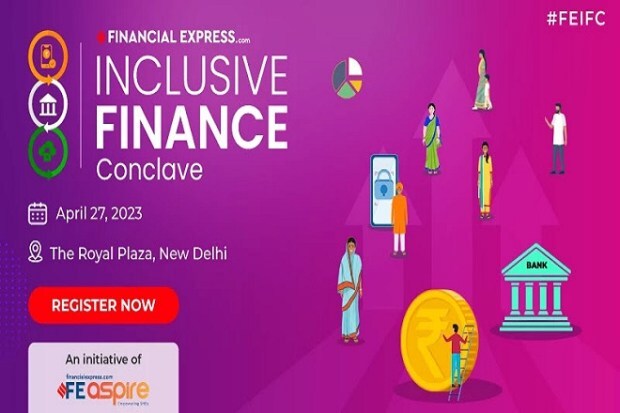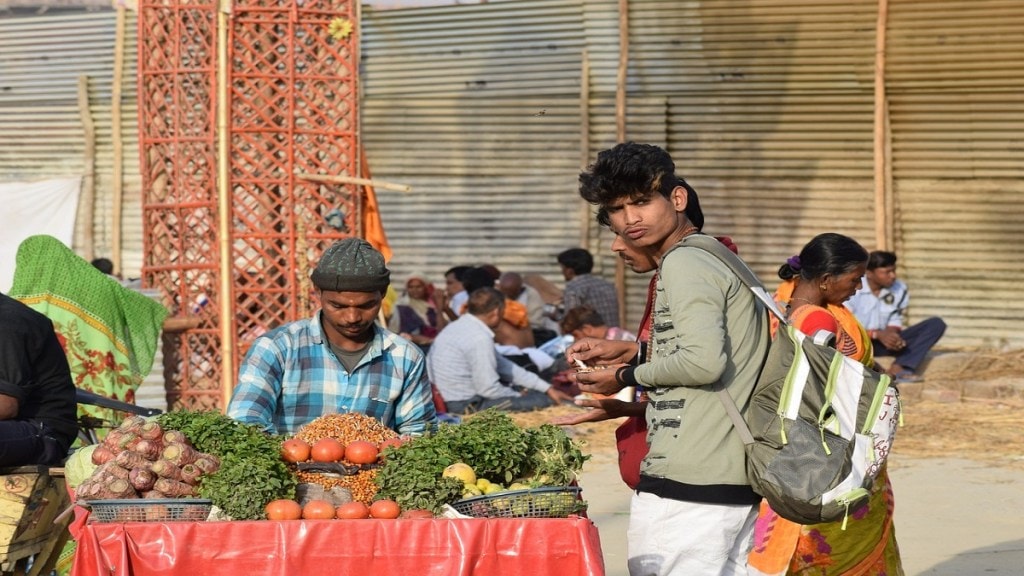Credit and finance for MSMEs: To protect the livelihood of street vendors post Covid and regulate street vending, the government in June 2020 had launched the collateral-free micro loan scheme PM SVANidhi at subsidized interest rates. Street vendors who run their informal micro enterprises — which are not registered with the Goods and Services Tax (GST) authorities and Udyam portal – selling goods such as vegetables, fruits, ready-to-eat street food, tea, pan shops, artisan products, etc., or services including barber shops, cobblers, laundry services etc, can get access to working capital credit from banks, NBFCs, and microfinance lenders under the scheme. Earlier valid till March 2022, the scheme was extended till December 2024 last year.
As of March 23, 2023, out of 64.13 lakh loan applications received under the PM SVANidhi scheme, 48.13 lakh were sanctioned, and 42.20 lakh were disbursed with Rs 5,081 crore, according to the data shared by Kaushal Kishore, minister of state in the ministry of housing and urban affairs in a written reply to a question in the Lok Sabha in March. Below are some of the frequently asked questions for PM SVANidhi:
How much loan can be raised under the scheme?
The scheme’s loan limit was enhanced last year up to Rs 50,000 in the third tranche on timely repayment of up to Rs 20,000 loan in the second tranche. The eligibility for the second tranche is also based on the timely repayment of up to Rs 10,000 in the first tranche.
Also read: PM SVANidhi scheme: Number of street vendors availing loan drops 45% in FY23
How does repayment work?
The first tranche is repayable in 12 monthly instalments. For the second tranche, the minimum repayment period is six months and maximum 18 months to be eligible for the third tranche. If the loan is repaid earlier than that, the vendor will have to wait for the minimum repayment period to be over in order to apply for the third loan tranche which has up to 36 months of the repayment period.
Who is eligible for the scheme?
Street vendors who have the Certificate of Vending or Identity Card issued by Urban Local Bodies (ULBs) as identified in the survey by ULBs are eligible to apply for loans under PM SVANidhi. Those not covered under the survey, are issued a Letter of Recommendation (LoR) by their respective ULB to apply for the scheme. Moreover, vendors should have an account with a bank. The survey list and ULB details are available on the scheme’s website.
What are the documents required for KYC?
A vendor can get his/her KYC done through any of the documents such as Aadhaar, identity card, driving licence, MNREGA card, and PAN.
How much interest subsidy is provided to borrowers?
The vendors repaying their loans on time will be eligible for a 7 per cent interest subsidy for all loan tranches paid on a quarterly or half-yearly basis for standard accounts (accounts which are not non-performing) on the claim dates.
Also read: PM SVANidhi scheme extended, to facilitate loans up to Rs 8,100 crore
Is there any incentive for transacting digitally?
For doing digital transactions, vendors would be provided with a monthly cashback in the range of Rs 50 – Rs 100. For 50 eligible transactions, Rs 50 cashback will be provided and for the next 50 eligible transactions, Rs 25 cashback will be offered. For the following 100 eligible transactions, the cashback will remain Rs 25. Above Rs 25 transactions would be eligible for the subsidy.
Is there any penalty for repayment of the loan before the scheduled date?
There is no penalty for the pre-closure of the loan.
How long it will take to get the loan approved?
The loan process is automated through a mobile app and web portal and takes less than 30 days for the application to be approved.
How to apply for the loan?
The vendor can apply for the loan through the scheme’s portal or mobile app. Also, vendors can approach a nearby Common Service Centre (CSC) to apply for the loan.

Book your seats today for The Inclusive Finance Conclave by Financial Express Digital


